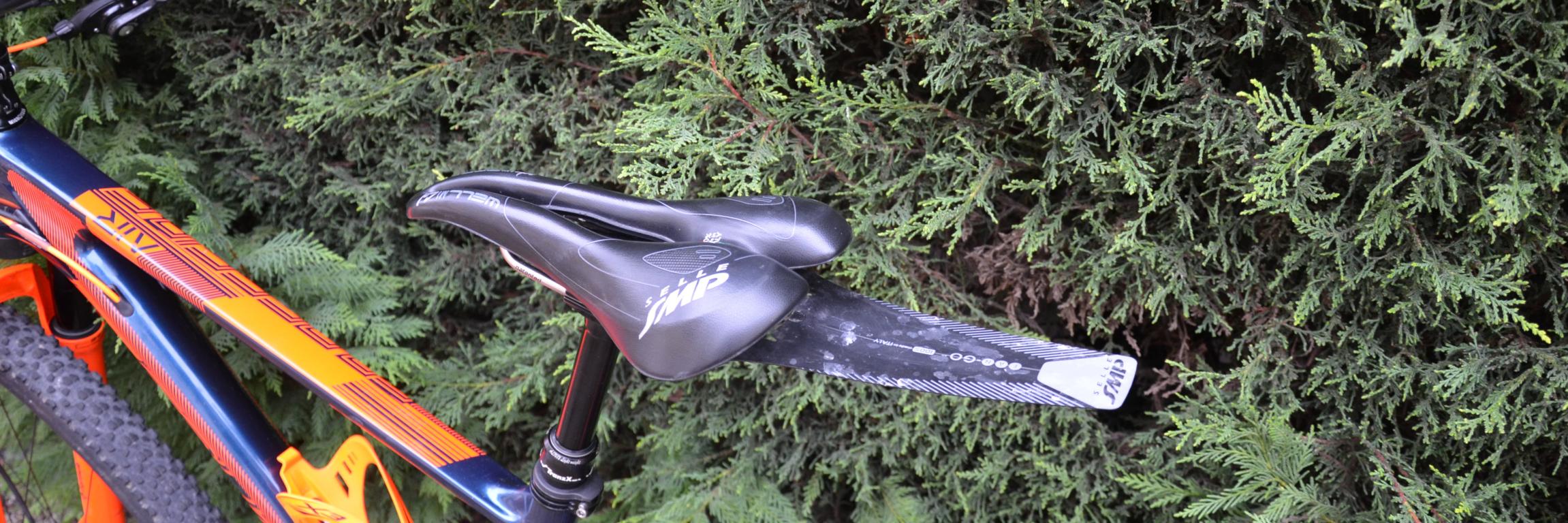When the days get shorter and temperatures lower, we are highly tempted to put our bike aside. But if we have the right equipment, we can continue to go cycling even in winter.
Bikes in winter: the right clothing
When we go out cycling in cold weather, the parts to protect are primarily the head, neck, hands and feet. At minimum temperatures, the heat loss through these sensitive parts can reach up to 70%, therefore we need to take special care by wearing gloves and a headband or beret that must be made of technical fabric. A tip: never try to save money on these accessories. Clothing, including underwear, not only keeps our body warm but also needs to be breathable to keep it dry. Another basic rule: never keep wet clothes on. You risk getting hypothermia.
Bike accessories for winter
Our bike (racing bike, MTB or e-bike) must also be equipped for winter.
Safety first: we can use winter tyres. And don’t forget your lights because the days may be grey and foggy, or we may be delayed for some reason while darkness creeps in.
Finally, to keep the lower part of the back dry, we can add mudguards that protect us from water and dirt raised from the ground.
Those who have a Selle SMP saddle can use FAN-GO, the mudguard designed to protect the perineum and the lower part of the back from mud and splashes caused by the wheel. No tools are required to mount it. It is removable, light and easy to carry, so it can be used when necessary.
Training on your bike in winter is good for your health
In winter, our immune system is often weaker: this is physiological, since we are not perfect machines. Unfortunately, this is also the time when we are most susceptible to the viruses around us in winter. Cycling at low temperatures can be of great help to us because we encourage our body to adapt to the cold and thus create natural defences.
Food also plays a key role for those who do sport in winter. We will discuss this in one of our future articles.

